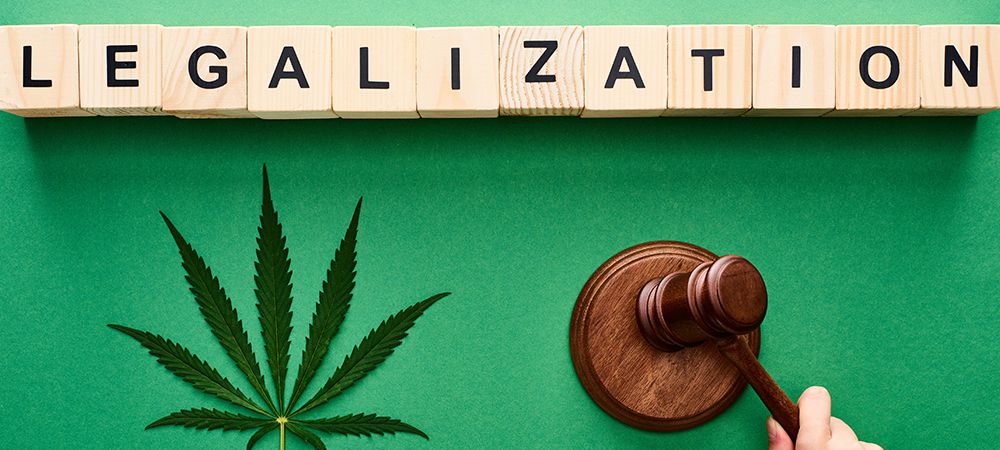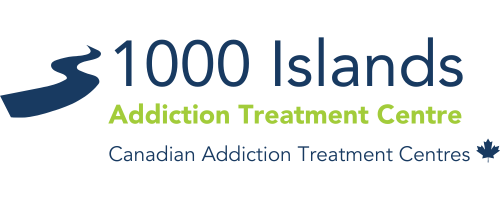
Did Cannabis Legalization Worsen Marijuana Addiction In Canada?
Any discussion about the legalization of marijuana is bound to draw a wide variety of opinions. On one end of the spectrum are people who believe that easy availability of cannabis will increase rates of marijuana addiction, and even addiction to other substances. On the other end are those who believe that far from being harmful, cannabis is actually “good” for you.
But what does the data tell us? Since marijuana was legalized in Canada in 2018, have more people become addicted to it? And what does it all mean for the addiction landscape in this country?
Cannabis Use In Canada: A Brief Timeline
Canada’s relationship with cannabis plants has a long and varied history.
A Thriving Hemp Industry
Early in Canada’s history, the growing of cannabis plants was not only allowed, but actively encouraged. Various rulers and administrators used incentive systems to encourage farmers to produce hemp, which was used for fabrics and ropes. By the middle of the 19th century, several hemp mills were running across the country.
From Commerce To Crime
Several short decades later, hemp was edged out by cotton production, and cannabis was used more as a substance to be consumed than as a fabric. In 1922, women’s rights activist Emily Murphy wrote a book called The Black Candle, in which she combined anti-marijuana rhetoric with racism in a bizarre way.
Perhaps fueled in part by this, Canadian lawmakers banned marijuana the following year. The next few decades saw a tumultuous conflict when it came to cannabis, with people protesting the ban being confronted by law enforcement authorities who were determined to disperse them. There were escalations of marijuana-related penalties, and there were calls for decriminalization of marijuana which were largely ignored.
The Best Medicine?
After the start of the 21st century, calls to decriminalize marijuana intensified. Several bills were passed, but they were defeated at various stages in the process, partly because of strong negative reactions from United States officials who were concerned about border enforcement.
Parallel to this, the path was being paved for legalization of marijuana for medical purposes. A man with epilepsy successfully sued the Ontario government for the right to grow and use marijuana to treat his condition. Twelve years later, in 2013, Canadians finally gained the right to get medical marijuana with a doctor’s prescription.
No More Limits
In October 2018, Canada became the second country in the world after Uruguay to legalize cannabis for recreational use. Residents of Canada who meet minimum age requirements (which vary by province or territory) can purchase cannabis in various forms from marijuana retailers, without having to provide any documentation other than proof of age. In addition, people who live in Ontario are allowed to grow up to four marijuana plants on their private properties.
Impaired driving laws were updated to include consequences of driving while under the influence of marijuana, and it remains illegal to transport cannabis across the border.
Has Marijuana Use In Canada Changed Since 2018?
There were concerns from some quarters that the legalization of marijuana, and the resulting ease of access, would lead to increased use, which in turn would inevitably lead to increased marijuana addiction.
But did this actually happen?
For the purposes of this article, we distinguish between two kinds of marijuana use:
- Overall use, which includes regular, occasional and one-time use
- Regular use, which includes daily or almost daily use
Overall Marijuana Use Increased By A Small Amount
According to Statistics Canada, almost 15% of Canadians aged 15 and over reported using marijuana over a three-month period prior to legalization in 2018. A corresponding study done post-legalization showed that this number increased slightly, to 16.8%.
Cannabis use after legalization was at roughly the same level as it was prior to legalization – around 33% – among people aged 18-24. Usage increased from 13.1% to 15.5% for those aged 25 and older, but it declined quite sharply in those aged 15.17 (from 19.8% to 10.4%).
No Significant Increase In Regular Use
When we look at the data for Canadians who use cannabis on a regular basis (daily or almost daily), there does not appear to have been a significant change. Both pre and post-legalization, around 6% of Canadians reported using cannabis regularly. This suggests that legalization had the effect of making it easier for people to try marijuana in one form or another, probably out of curiosity, but it did not create new habitual users.
What Does This Mean When It Comes To Marijuana Addiction?
No reliable figures have been released that compare marijuana addiction rates before and after cannabis legalization. However, logic would indicate that since marijuana use did not increase significantly as a result of legalization, addiction probably didn’t either.
Addiction Is Still A Concern
None of this means that Canadian communities should become complacent about addiction to cannabis, especially when it comes to teenagers and young adults.
According to the US National Institute of Health, there is increasing evidence supporting a link between habitual marijuana use starting in the teenage years and psychosis. It should be noted that a causal link between adolescent cannabis use and psychosis has not been established, but the data continues to be collected and analysed.
Is Cannabis A “Gateway Drug”?
There is also a possible link between marijuana use in the teen and early adult years and subsequent use of other substances. In other words, marijuana could well be a “gateway drug”. This could have little to do with cannabis itself, and more to do with the characteristics of the user and their circumstances. Is the individual a risk-seeker by nature? Do they get a thrill out of experimenting with new things? Do they have a history of trauma, abuse, or mental illness?
Is Marijuana Good For You?
The notion that marijuana is “good for you” became popular at around the time it was legalized for medical use. After all, if something can be used as a medicine, it must be good, right?
There are a couple of concerns with this line of thinking. First, there are hundreds of strains of marijuana out there, and each one is unique in the effects it creates. Certain strains of marijuana can help with the management of specific medical conditions. But marijuana in general should not be regarded as an elixir of good health.
Second, just because something is medicine, that doesn’t mean it should be used at will. The current opioid crisis is evidence of that: medications that have legitimate medical use can quickly become abused substances.
A Word About The Data
It has been said many times that “there are lies, damned lies, and statistics”. Every set of numbers has to be analysed in the context of when and under what circumstances the data was gathered. In this case, what we have to bear in mind is that the data is still very new. Cannabis was only legalized in Canada in October of 2018 – less than three years prior to the writing of this article. As data continues to accumulate over time, a picture very different to the one presented here may emerge.
Statistics relating to addiction are particularly difficult to gather and assess, because there is often a delayed effect. Someone may report using a substance today, but only acknowledge being addicted to that substance a year from now. What this means is that someone could enter a rehab program this year for a marijuana addiction that predates cannabis legalization. By the same token, the addictions that have started since legalization may not be reflected in any numbers for months or years.
Could Stigma Impact The Stats?
There is also a very real possibility that the numbers are being underreported. Significant percentages of people would not tell family members, friends, or coworkers about a mental health or addiction problem, and this does suggest that some people may not answer survey questions about these subjects completely honestly. It is important to continue the work of reducing the stigmas surrounding mental health and addictions, not only for the sake of gathering data, but so the proper help can get to the people who need it.
What Are The Next Steps?
What we need to do is continue collecting data. While it seems a little cold to reduce a human problem to stark numbers, it is important to gather the data so we can understand the extent of any issue.
At the same time, the human beings are more important than the numbers, and we need to ensure that people who need help for marijuana addiction are able to get it. At 1000 Islands Rehab Centre, we create addiction rehab programs that are tailored for each individual, and we encourage anyone who is concerned about themselves or a loved one to contact us.




